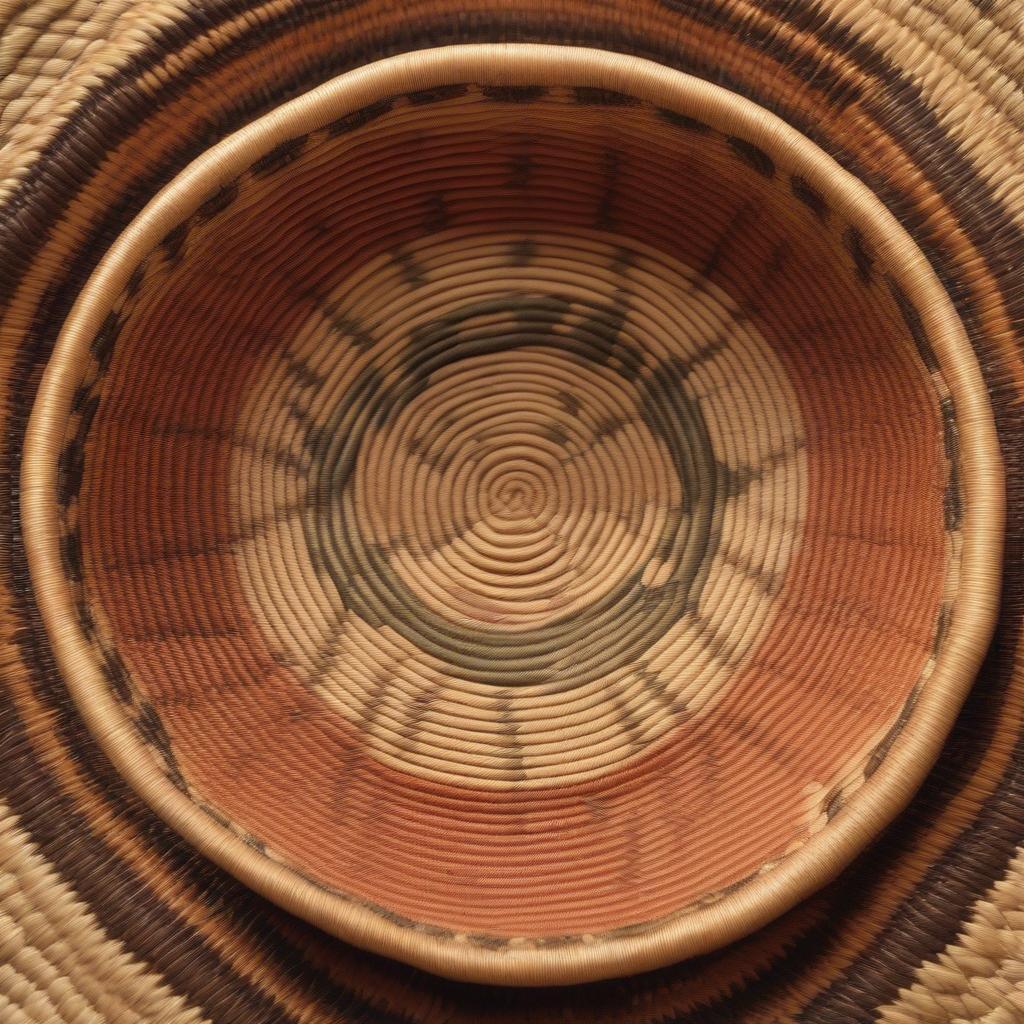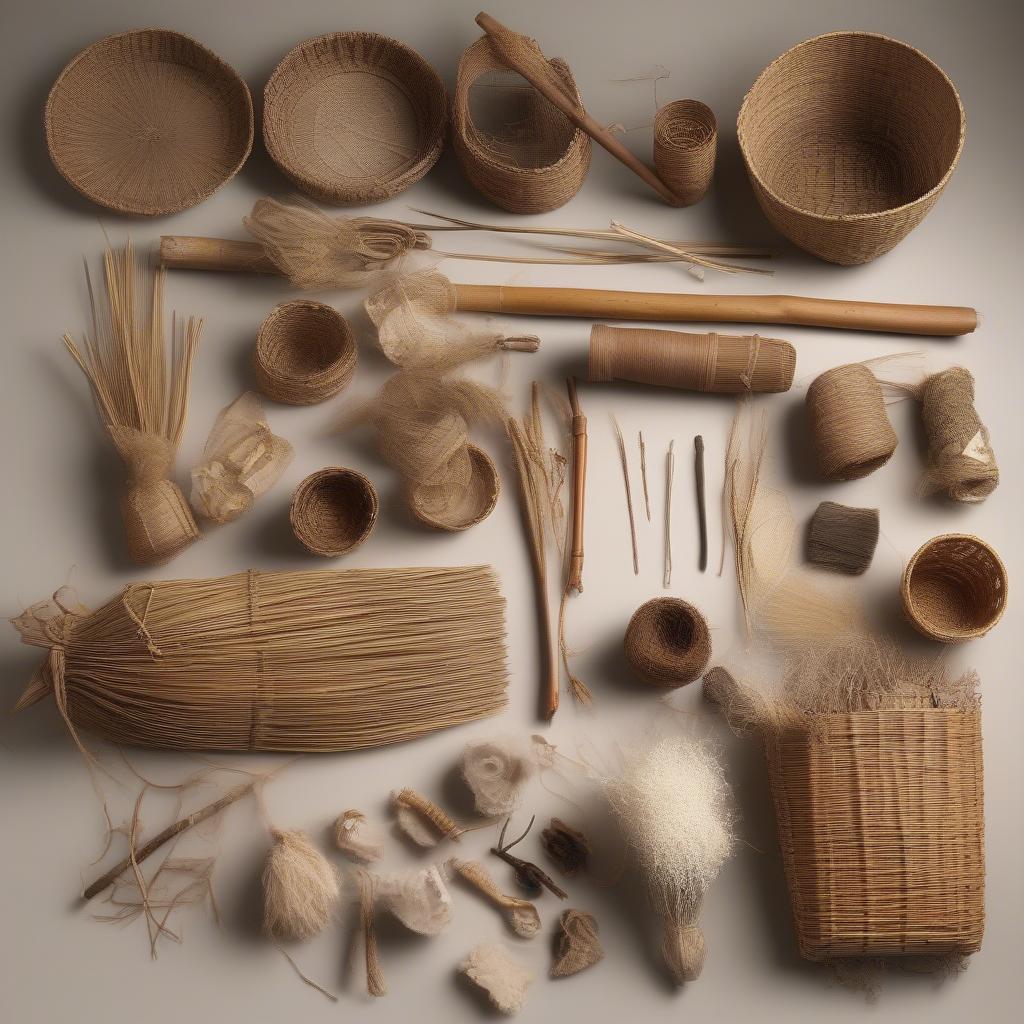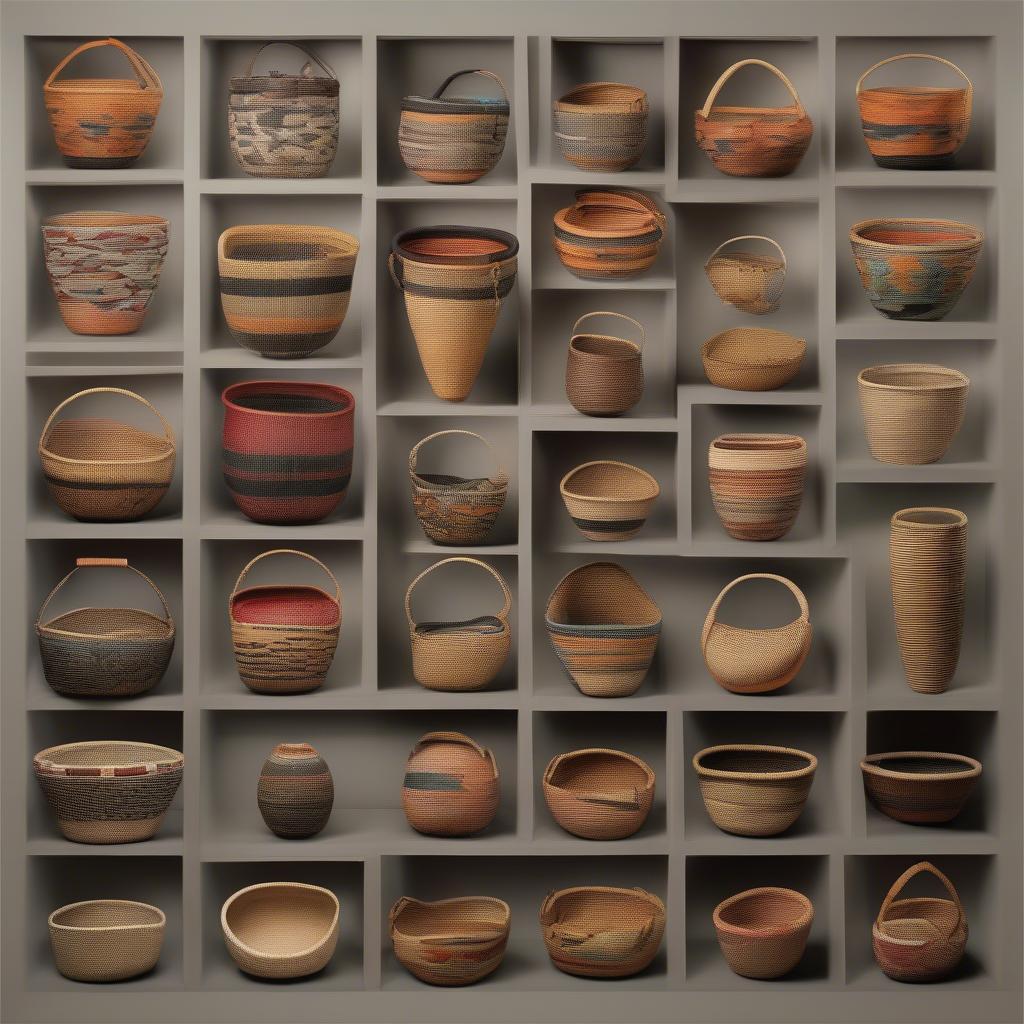Basket Weaving
Native American Basket Weave: A Timeless Art Form
Native American Basket Weave is more than just a craft; it’s a rich tapestry of cultural expression, history, and artistry. From the intricate designs to the natural materials used, these baskets hold stories passed down through generations. This article delves into the captivating world of Native American basket weaving, exploring its diverse forms, significance, and enduring legacy.
The History and Significance of Native American Basket Weave
Basket weaving is one of the oldest known crafts in Native American cultures, with examples dating back thousands of years. These baskets were not just functional objects for storage or carrying; they held deep cultural and spiritual meaning. Different tribes developed unique styles and techniques, reflecting their environment, beliefs, and traditions. Basketry served as a vital part of daily life, used in ceremonies, trade, and storytelling.
Regional Variations in Native American Basketry
The diverse landscapes of North America influenced the materials and designs used in Native American basketry. Tribes in the Southwest, for example, often utilized desert plants like yucca and willow, creating tightly woven baskets with geometric patterns. In the Northwest, tribes like the Tlingit and Haida incorporated cedar bark and spruce roots, crafting large, sturdy baskets for storing food and transporting goods. The unique styles of each region showcase the ingenuity and adaptability of Native American weavers.
 Native American Basket Weaving: Southwest Styles
Native American Basket Weaving: Southwest Styles
Materials and Techniques in Native American Basket Weave
Native American basket weavers traditionally use natural materials gathered from their surroundings. These materials include various types of grasses, reeds, bark, roots, and even pine needles. The process of preparing these materials is often as intricate as the weaving itself, involving soaking, splitting, and dyeing the fibers. Weaving techniques vary widely, from coiling and twining to plaiting and wickerwork. Each technique requires skill and precision, passed down through generations of weavers.
Understanding the Different Weaving Techniques
Coiling is a common technique where a foundation of bundled fibers is spiraled upwards, stitched together with another fiber. Twining involves interweaving two or more flexible elements over a rigid framework. Plaiting, similar to braiding, creates a flat, interwoven surface. These diverse techniques allow for a wide range of basket shapes, sizes, and designs.
 Native American Basket Weaving: Materials and Tools
Native American Basket Weaving: Materials and Tools
Preserving the Legacy of Native American Basket Weave
Today, Native American basket weaving continues to thrive, with contemporary artists pushing the boundaries of tradition while honoring the legacy of their ancestors. Many organizations and museums are dedicated to preserving and promoting this art form, offering workshops, exhibitions, and educational programs. By supporting these efforts, we can help ensure that the stories and skills embedded in Native American basketry continue to be shared for generations to come.
Contemporary Native American Basket Weavers
Modern Native American basket weavers are incorporating new materials and designs, while still maintaining the core principles of their craft. They are exploring innovative ways to express their cultural identity through basketry, creating pieces that are both functional and artistic. Their work serves as a testament to the enduring power and beauty of Native American basket weave.
 Contemporary Native American Basket Designs
Contemporary Native American Basket Designs
Conclusion
Native American basket weave is a testament to the ingenuity, artistry, and cultural richness of Native American peoples. From the functional to the ceremonial, these woven treasures tell stories of tradition, innovation, and connection to the land. By appreciating and supporting this art form, we contribute to preserving a vital part of Native American heritage.
FAQ
-
What are the most common materials used in Native American basket weaving?
- Common materials include grasses, reeds, bark, roots, and pine needles.
-
How long does it take to weave a Native American basket?
- The time varies depending on the size, complexity, and technique used. It can range from a few days to several months.
-
Where can I learn more about Native American basket weaving?
- Museums, cultural centers, and Native American communities often offer workshops and educational programs.
-
Are Native American baskets still made today?
- Yes, Native American basket weaving is a thriving art form with contemporary artists continuing the tradition.
-
How can I support Native American basket weavers?
- Purchase authentic baskets directly from artists or reputable sources and support organizations dedicated to preserving this art form.
-
What are some of the most recognizable Native American basket weaving styles?
- Some recognizable styles include the intricate geometric patterns of the Southwest and the large, sturdy baskets of the Northwest Coast.
-
What is the significance of basket weaving in Native American culture?
- Basket weaving holds deep cultural and spiritual meaning, used in ceremonies, trade, and storytelling, reflecting tribal identity and connection to the land.
For further assistance, please contact us at Hanoi, Vietnam or Tech Avenue, Suite 12, San Francisco, CA 94105, USA. We have a 24/7 customer support team.
